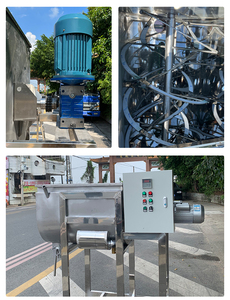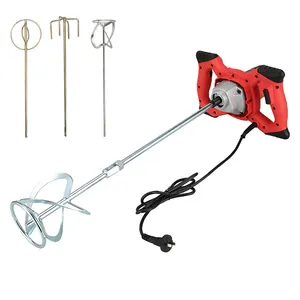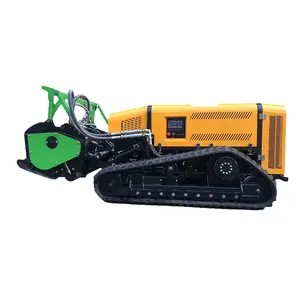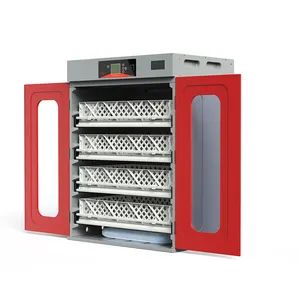Popular in your industry
















































































































































































































Top categories
About ribbon mixer
Introduction to Ribbon Mixer
A ribbon mixer is a type of industrial mixer that consists of a U-shaped horizontal trough and a specially designed ribbon agitator. This agitator has inner and outer helical ribbons that are precisely pitched to move materials in a well-balanced axial and radial flow pattern. Ribbon mixers are widely used in various industries such as food, pharmaceuticals, chemicals, and construction for blending dry powders, granules, and other solid materials.
Design and Working Principle of Ribbon Mixer
The design of a ribbon mixer is crucial for its efficient operation. The U-shaped trough allows for thorough mixing while the helical ribbons rotate at different speeds to create a counter-current flow, ensuring uniform blending. The outer ribbon moves materials towards the center, and the inner ribbon moves them outward, promoting fast and homogenous mixing. This design minimizes dead spots and ensures consistent product quality.
Technical Specifications of Ribbon Mixer
When choosing a ribbon mixer, it is essential to consider various technical specifications. These may include the mixing capacity, motor power, material of construction, discharge mechanism, and control options. Ribbon mixers typically have capacities ranging from 100 liters to several thousand liters, with motor powers varying from 1 kW to 75 kW, depending on the application and scale of operation.
Features of Ribbon Mixer Machines
Ribbon mixer machines come with several features that enhance their performance and versatility. Some common features include adjustable mixing intensity, multiple discharge options, jacketed troughs for heating or cooling, vacuum or pressure-rated designs, and the ability to handle fragile or abrasive materials. These features make ribbon mixers suitable for a wide range of mixing applications.
Advantages of Using Ribbon Blender Mixers
There are several advantages to using ribbon blender mixers in industrial processes. Firstly, they offer gentle but thorough mixing, making them ideal for fragile materials. Secondly, ribbon mixers are versatile and can handle a wide range of viscosities and densities. Additionally, they have short mixing times, high efficiency, and are easy to clean and maintain, ensuring optimal productivity.
Selection Criteria for Ribbon Blender Machines
When selecting a ribbon blender machine for your business, consider factors such as the type of materials to be mixed, desired batch size, required mixing speed, and the level of automation needed. It is essential to choose a ribbon mixer that meets your production requirements while providing flexibility for future expansion or process modifications.
Applications of Ribbon Mixers
Ribbon mixers find applications in various industries due to their versatility and efficiency. In the food industry, they are used for blending spices, seasonings, and food additives. In pharmaceuticals, ribbon mixers are employed for mixing powders for tablet formulations. Additionally, they are used in chemical processing, plastics manufacturing, and construction materials production.
Maintenance of Ribbon Mixers
Proper maintenance is essential to ensure the longevity and performance of ribbon mixers. Regular inspections of the agitator, trough, seals, and drive components should be conducted to identify and address any wear or damage. Cleaning the mixer thoroughly after each use and following the manufacturer's guidelines for lubrication and adjustments will help prevent downtime and maintain product quality.
Future Trends in Ribbon Mixer Technology
The ribbon mixer industry is constantly evolving to meet the changing needs of modern manufacturing processes. Future trends may include the integration of advanced control systems for precise mixing parameters, the use of high-strength materials for improved durability, and the development of hybrid mixing technologies for enhanced efficiency. By staying updated on these trends, businesses can optimize their mixing operations and stay competitive in the market.
Conclusion
In conclusion, ribbon mixers play a vital role in the efficient blending of various materials across different industries. Understanding the design, technical specifications, features, advantages, selection criteria, applications, and maintenance requirements of ribbon mixers is essential for businesses looking to enhance their mixing processes. By staying informed about the latest trends in ribbon mixer technology, companies can make informed decisions to improve their production capabilities and stay ahead in the competitive market.
























































